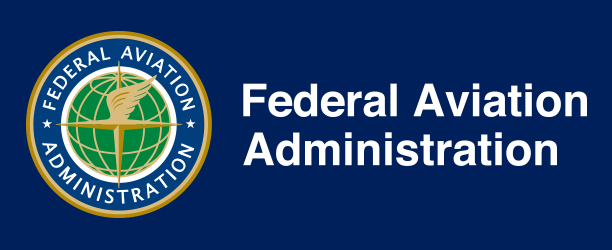FAA
Informational Letter to Pilots
The FAA recognizes that there is a trend in the
industry towards using computer and cell phone applications to facilitate air
transportation by connecting potential passengers to aircraft owners and
pilots willing to provide professional services. Some of these applications
enable the provision – directly or indirectly – of both an aircraft and one
or more crewmembers to customers seeking air transportation.
This letter serves as a reminder to all pilots that, as
a general rule, pursuant to 14 CFR (commonly known by industry as the Federal
Aviation Regulations FARs) private pilots may neither act as pilot-in-command
(PIC) of an aircraft for compensation or hire nor act as a PIC of an aircraft
carrying persons or property for compensation or hire. Furthermore, to engage
in air transportation a pilot must hold a commercial or airline transport
pilot license and must operate the flights in accordance with the
requirements that apply to the specific operation conducted (e.g., Part 135).
To meet the operational requirements, the pilots must be employed (as a
direct employee or agent) by the certificate holder with operational control
of the flight (e.g., a Part 135 certificate holder) or must herself or
himself hold a certificate issued under 14 C.F.R. Part 119.
Another common pitfall to be aware of is the “sham dry
lease” or the “wet lease in disguise.” This situation occurs when one or more
parties act in concert to provide an aircraft and at least one crewmember to
a potential passenger. One could see this, for example, when the passenger
enters into two independent contracts with the party that provides the
aircraft and the pilot. One could also see this when two or more parties
agree to provide a bundle (e.g., when the lessor of the aircraft conditions
the lease – whether directly or indirectly – to entering into a professional
services agreement with a specific pilot or group of pilots. This type of
scenario is further discussed in Advisory Circular (AC) 91-37B,
Truth in Leasing.
An additional caution to consider is flight-sharing. Section 61.113(c) of Title 14 of the CFR
allows for private pilots to share certain expenses. Pilots may share
operating expenses with passengers on a pro rata basis when those
expenses involve only fuel, oil, airport expenditures, or rental fees.
To properly conduct an expense sharing flight under 61.113(c), the pilot
and passengers must have a common purpose and the pilot cannot hold out
as offering services to the public. The “common-purpose test”
anticipates that the pilot and expense-sharing passengers share a “bona
fide common purpose” for their travel and the pilot has chosen the
destination.
Communications with passengers for a common-purpose
flight are restricted to a defined and limited audience to avoid the “holding
out” element of common carriage. For example, advertising in any form (word
of mouth, website, reputation, etc.) raises the question of “holding-out.”
Note that, while a pilot exercising private pilot privileges may share
expenses with passengers within the constraints of § 61.113(c), the pilot
cannot conduct any commercial operation under Part 119 or the less stringent
operating rules of Part 91 (e.g., aerial work operations, crop dusting,
banner towing, ferry or training flights, or other commercial operations
excluded from the certification requirements of Part 119).
For more information on sharing flight expenses, common
purpose, and holding out see:
Unauthorized 135 operations continue to be a problem
nationwide, putting the flying public in danger, diluting safety in the
national airspace system, and undercutting the business of legitimate
operators. If you have questions regarding dry-lease agreements or sharing
expenses, please review the FARs and ACs. Additionally, you may contact your
local Flight Standards District Office
for assistance or seek the advice of a qualified aviation attorney.
|
Monday, May 25, 2020
Must be some unofficial arrangments going on. . .
now that flights are less common, due to cancellations during the pandemic.
Subscribe to:
Post Comments (Atom)


No comments:
Post a Comment